How to determine the brightness of solar street light? -RS standards
Dec 30, 2019
Read:265
Source: Road smart
In recent years, with the deterioration of the global environment, solar energy resources have received more and more attention. For this reason, many countries are increasing the layout of solar energy resources. As LED technology is advancing with each passing day, its luminous efficiency is making an amazing breakthrough. So how do we judge the brightness of solar street light?
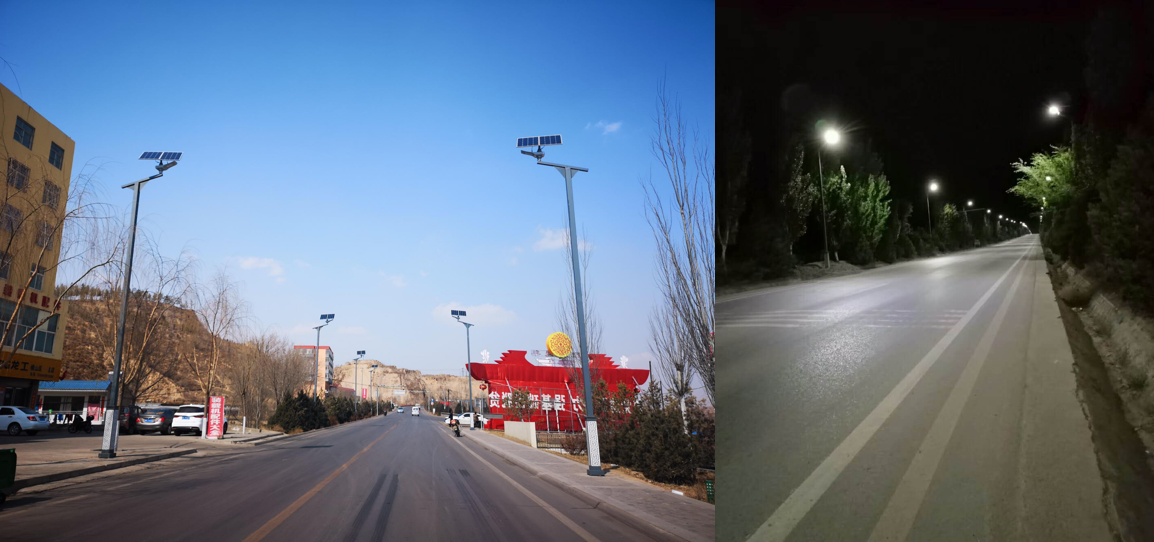
In the market, due to the lack of understanding of the technology of the solar street light industry, users only roughly understand some simple mainstream configurations in the market, such as: how many watts are required for solar panels, how much capacity is required for batteries, and how many lamp beads are required. So you can only judge the brightness of the lamp with these parameters which are not so practical. This has actually fallen into a misunderstanding. These parameters are only superficial, and we need to understand the real needs of users. What is the purpose of a user buying a lamp? What is the original performance of the lamp? After all, their destinations fall on "lighting". Users buy lamps for lighting, and the original performance of lamps is also lighting.
Based on this, Road Smart thought deeply and got the answer. Users are not buying parameters, configuration or power, but light. Only the total amount of light and the quality of light actually emitted by solar street lights are our initial requirements for solar street lights.
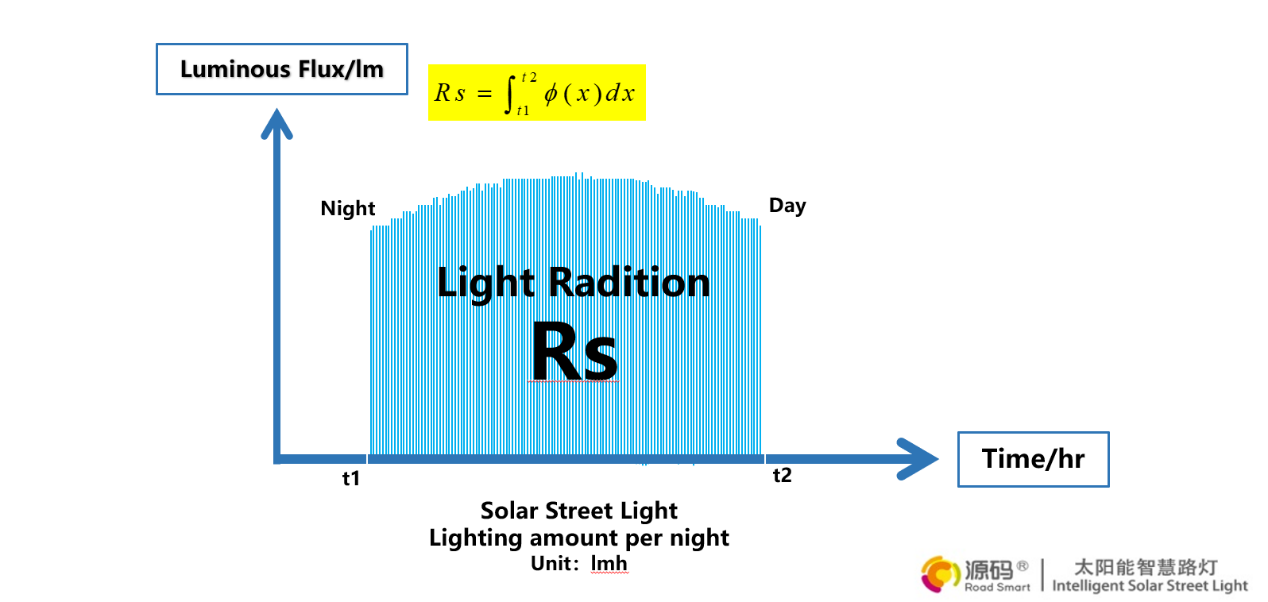
After understanding this demand, we need to understand some industry-related knowledge first
Industry knowledge
How to judge the light source?
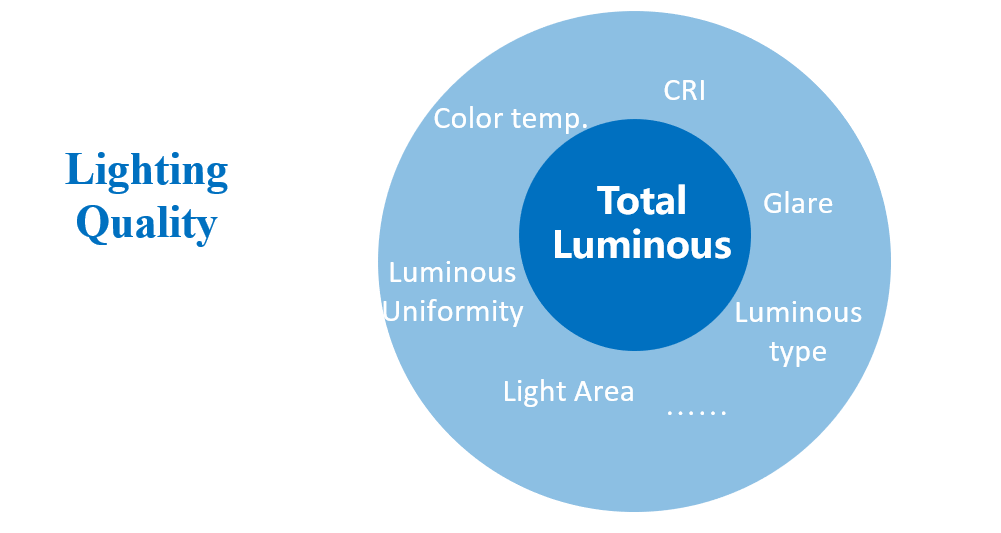
1. Average life: The average life of a light source refers to the time it takes for 50% of the light sources to fail after multiple light sources are turned on at the same time.
2. Strobe: The number of times the light source flashes per second. Failure to provide a stable voltage will cause a large strobe. A light source with a large strobe will cause the most damage to the eyes.
3. Luminous flux: For a lamp, the simplest explanation is the amount of light emitted, the unit is lumens (LM).
4. Luminous efficiency: The luminous efficiency of the lamp is how much light can be emitted per unit power, the unit is LM / W.
5. Rendering index: The degree to which the light source restores the color of the object. Generally speaking, the response of sunlight to the color of objects is the best and the most realistic, so their color rendering is defined as 100, and a color rendering index ≥70 is a good light source.
6. Color temperature: The color temperature of the light source is different, the light color is also different. Light with a low color temperature is yellowish, we call it warm tones, and yellow light has good haze permeability; light with a high color temperature is whiter, and white with high color temperature is used for road lighting. It has intermediate visual effects, good visibility, and brighter than yellow light.
How to choose a light source?
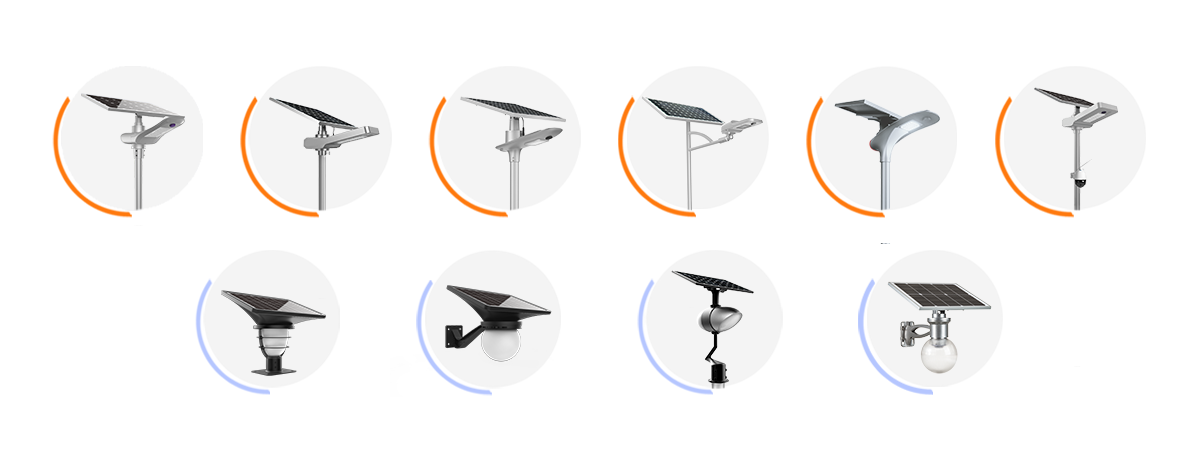
After knowing the relevant industrial knowledge, we need to know how to choose the light source. Here are some references for high-power LED light sources.
1. Efficient use of light. Using lamps with patented lenses to improve the utilization of light.
2. Integrated design. The integrated design makes the LED directly connect with the shell, and the heat is radiated through the shell cooling wings and air convection, which fully guarantees the service life of the LED street light.
3. Using street lights with uniform illumination can solve the problems of concentrated light beams and obvious dark spots. So that the illuminated area is larger and the illumination is more uniform.
4. No glare & no strobe. Eliminates visual fatigue and disturbance of sight caused by glare of normal street lights to improve driving safety;
5. Green and environment friendly. Doesn’t contain pollution elements and cause no pollution to the environment; After knowing the principle of light emission, we need to determine the needs.
[Determine requirements]
The purpose of users buying lamps: lighting.
Brightness of illumination: luminous flux
Customer's Ultimate Need: Luminous Flux
【Analysis】
At present, the solar LED street light market is chaotic. Many users and suppliers stay on the previous configuration and power, but with the advancement of technology, we need to redefine light sources. We can clearly find that 10 years ago, the countrysides used 100W light bulbs illuminated the room. Later, we used 30W-40W energy-saving lamps to illuminate the room. And finally developed to LED light sources. A 5W -15W LED light can illuminate the entire room, even brighter. Light bulbs of different powers provide the same brightness, but light bulbs with lower power are brighter and more energy efficient. What is the reason?
Let's compare the following data:
| Luminous flux (LM) = Power (W) x Luminous Efficiency (LM) | ||
| Power (W) | Luminous Efficiency (LM/W) | Luminous flux (LM) |
| 20 | 120 | 2400 |
| 20 | 150 | 3000 |
The same power, different light effects, different brightness
The higher the light effect, the brighter.
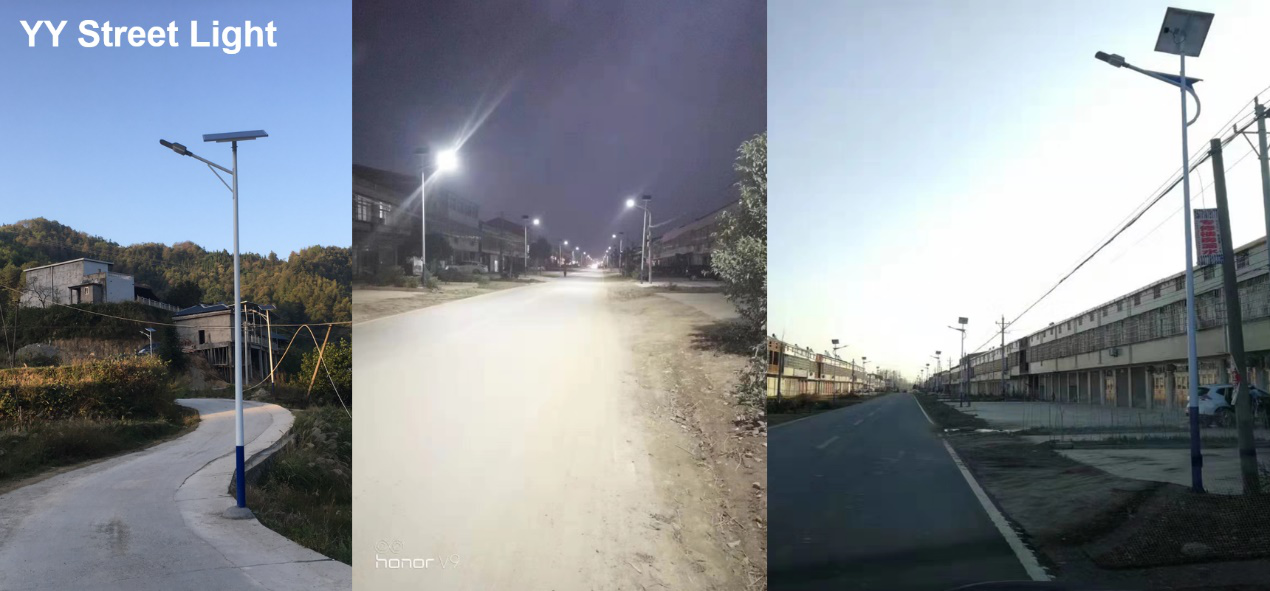
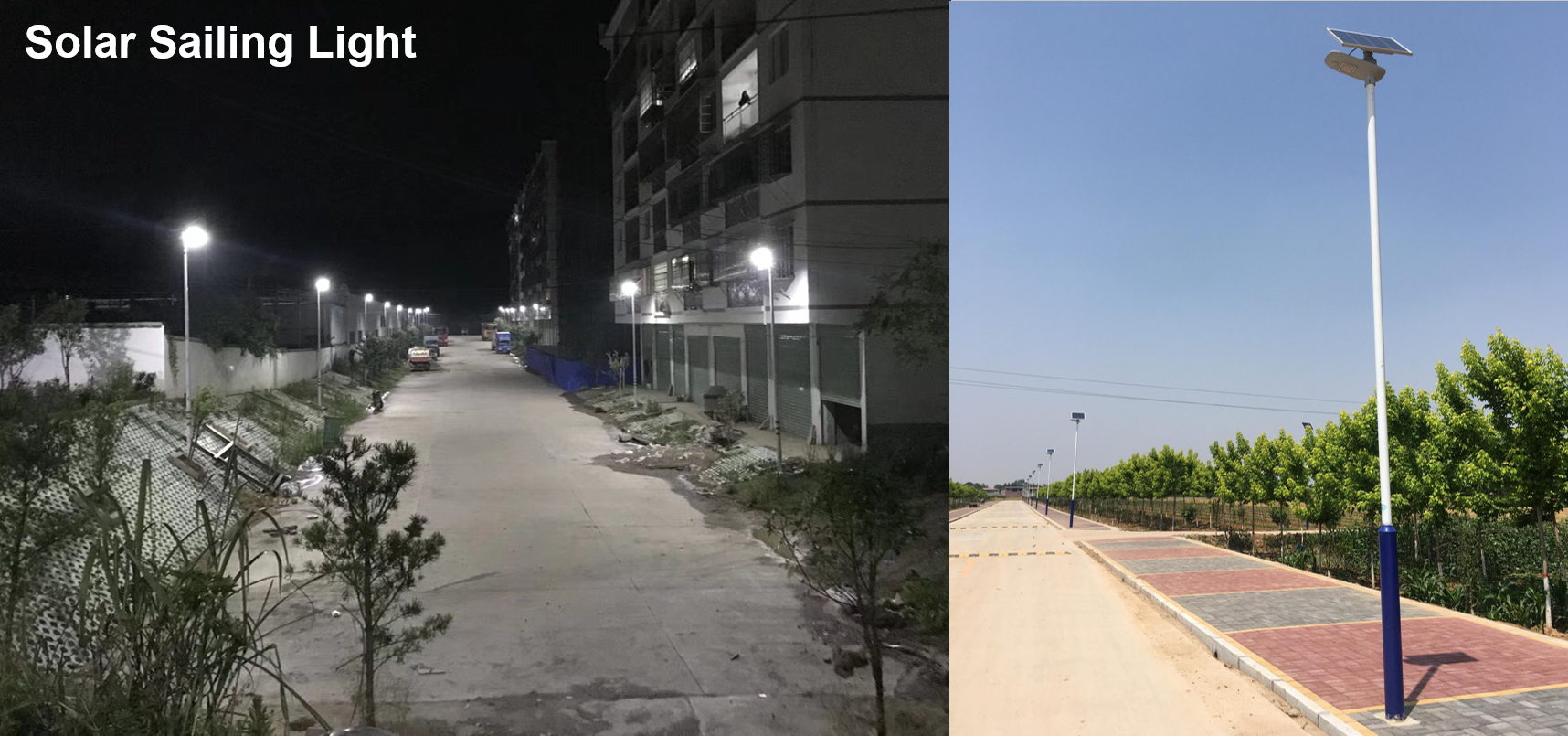
Conclusion
The brightness of a lamp cannot be simply measured by power, but by the luminous flux. Regardless of power, brightness, configuration, etc., it will eventually return to how much light it emits. Only the light that this lamp really emits is our ultimate demand. According to this demand, Road Smart pioneered the RS standard, which judges and tests the light by the total amount of light radiation and the quality of light The development of the industry requires standards, and with standards, the industry can develop in a standardized way. In the future, the Road Smart will continue to work hard to lead the solar lighting industry to intelligent and standardized development and promote the clean and green development of global energy.

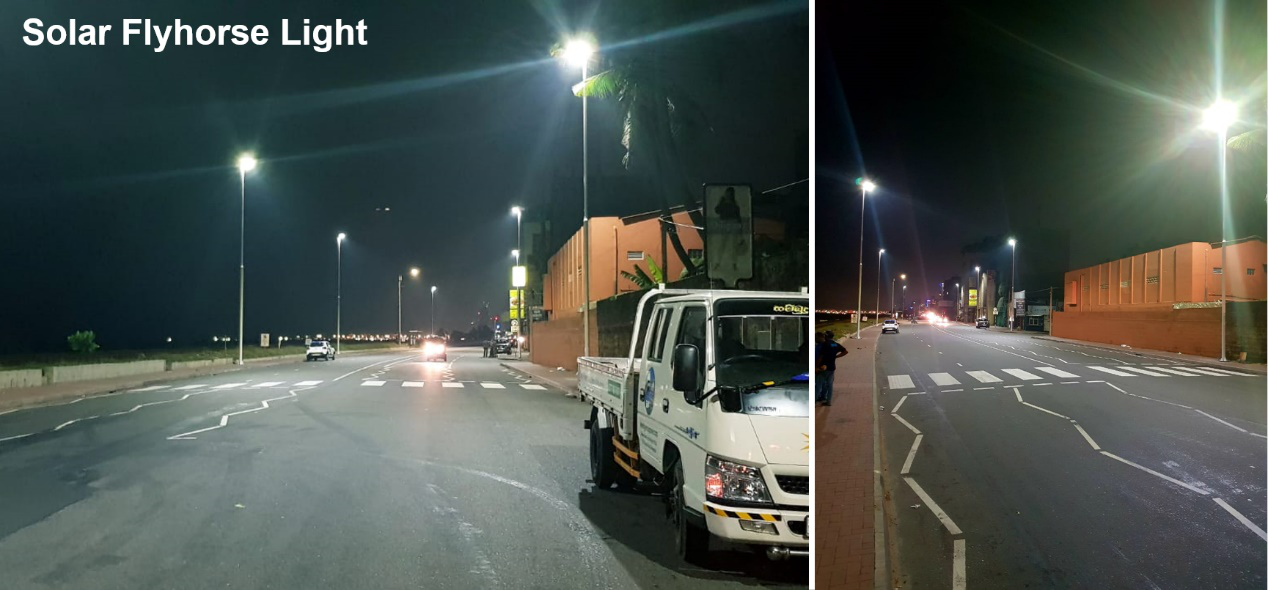
Table of Contents
